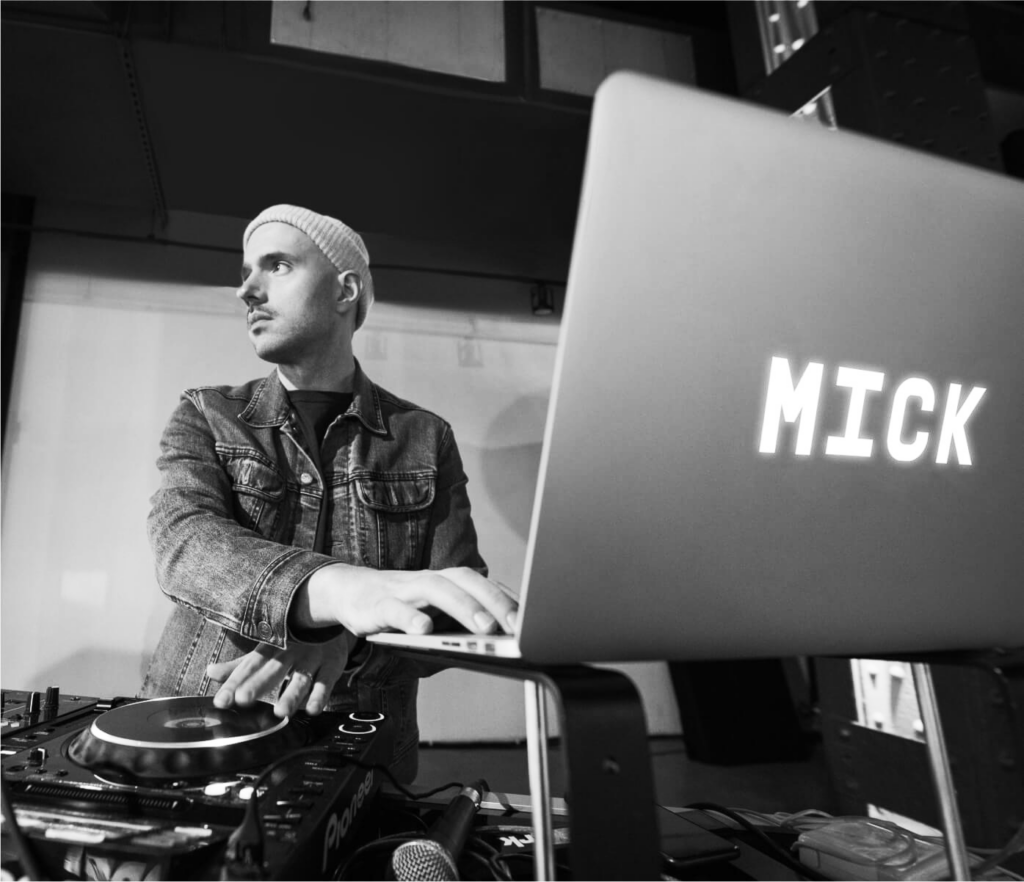
You're invited to:
Playing
Business
An Exclusive
ON_Discourse
Members-Only Dinner
(and After Party)
Dinner: 7:00 pm- 10:00 pm
After Party: 10:00 pm- 2:00 am
During Cannes LIONS, ON_Discourse will host four days of programming in partnership with Stagwell’s Sport Beach. The week culminates with a private dinner and after-party hosted at Le Maschou. RSVP memberships@ondiscourse.com
Special
Guests
Performance by
World Renowned
DJ and
Entrepreneur
MICK


What?
ON_Discourse is a new membership media company focused on the business of technology, raising the level of discourse with expert-driven perspectives.
We provide member-only content for those that crave substance and closed-door events where you can ditch the small talk.
During Cannes Lions, Stagwell’s Sport Beach will bring together creatives, brands, marketers, athletes, coaches and leagues to discuss the future of fandom, and celebrate the impact sport has on shaping global culture.
Why
Attend?
We are Surrounded
by Fake-experts
_______Lacking Depth
in their Thinking
Ideas in our Industry are
_______Trapped within
Conventional
Boundaries
The People
_______in our Industry
Often Think
_______the Same
Unintended Consequences
_______in Tech Lead to
Costly Mistakes
_______in Business

Can I
Join?
The ‘Playing Business’ dinner is exclusively for ON_Discourse members. Premier members receive an invite to the dinner, the daily closed-door sessions, and will receive complimentary helicopter flight from Cannes to Nice with our partners BLADE. For more information email memberships@ondiscourse.com











